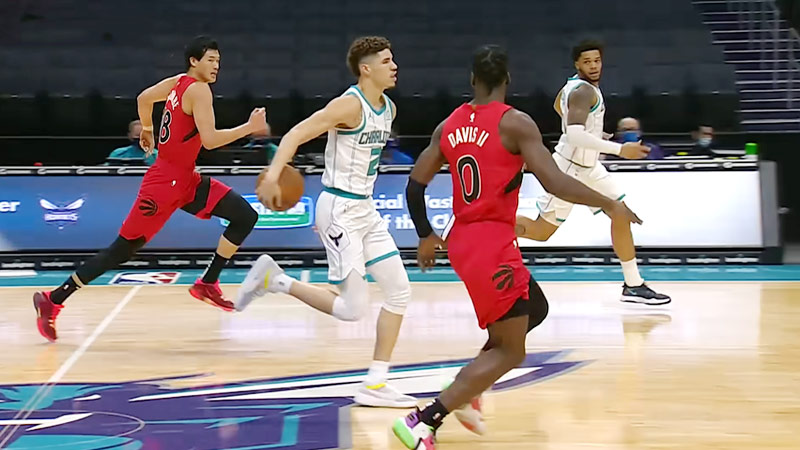Basketball is a dynamic and exciting sport that requires teamwork, strategy, and individual skill. One key aspect of the game is the division of players into specific positions, each with distinct roles and responsibilities.
In this blog post, we will explore the five positions in basketball and shed light on the unique contributions each position makes to a team’s success.
Whether you’re a basketball enthusiast, a casual fan, or someone new to the sport, this guide will provide you with a solid understanding of the positions and their significance on the court.
What Are the 5 Positions in Basketball?
The 5 positions are one of the basics of playing Basketball. Each of them is equally essential. Here are the brief descriptions of the five positions.
1. Point Guard
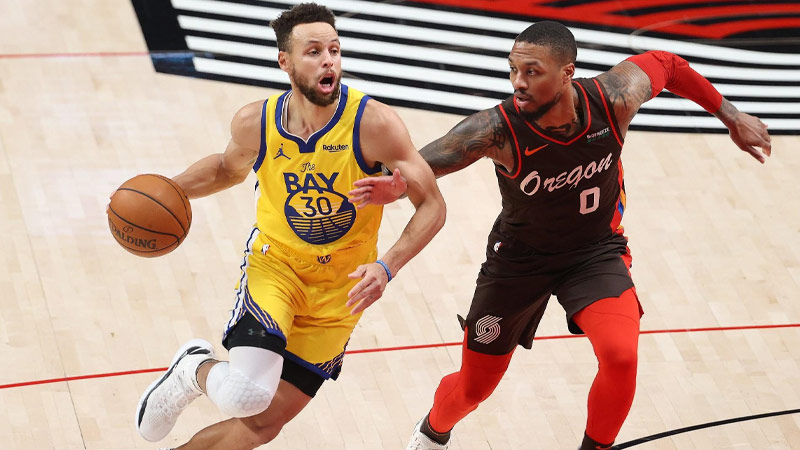
Source: sportingnews.com
The point guard is a position in basketball that typically refers to the player who has the primary responsibility of handling the ball and initiating the team’s offense. Here are some key aspects of the point guard position:
Ball-handling
Point guards are skilled at dribbling and have excellent ball-handling abilities. They can navigate through defenders, maintain control of the ball, and make quick decisions under pressure.
Playmaking
Point guards are often considered the team’s primary playmaker. They have good court vision and the ability to read the defense, allowing them to make accurate passes and set up scoring opportunities for their teammates.
Leadership
Point guards are often seen as floor generals and leaders on the court. They are responsible for organizing the team’s offense, calling plays, and communicating with their teammates to ensure proper execution.
Decision-making
Point guards need to make split-second decisions based on the flow of the game. They must determine when to pass, when to drive to the basket when to shoot, or when to set up a play. They need to be aware of the strengths and weaknesses of their teammates and adjust their decisions accordingly.
Defensive skills
While not all point guards excel defensively, many are required to be solid defenders. They are often tasked with pressuring the opposing team’s point guard, disrupting their offensive flow, and creating turnovers.
Quickness and agility
Point guards often possess exceptional speed, quickness, and agility, allowing them to navigate through defenders, penetrate the defense, and create scoring opportunities for themselves and their teammates.
Shooting ability
While not a prerequisite, having good shooting skills is a valuable asset for a point guard. It allows them to stretch the defense and become a scoring threat from the perimeter, making it more difficult for opponents to guard them.
Point guards come in various sizes and styles of play, but their primary role is to facilitate the team’s offense, control the flow of the game, and create scoring opportunities for themselves and their teammates.
2. Shooting Guard
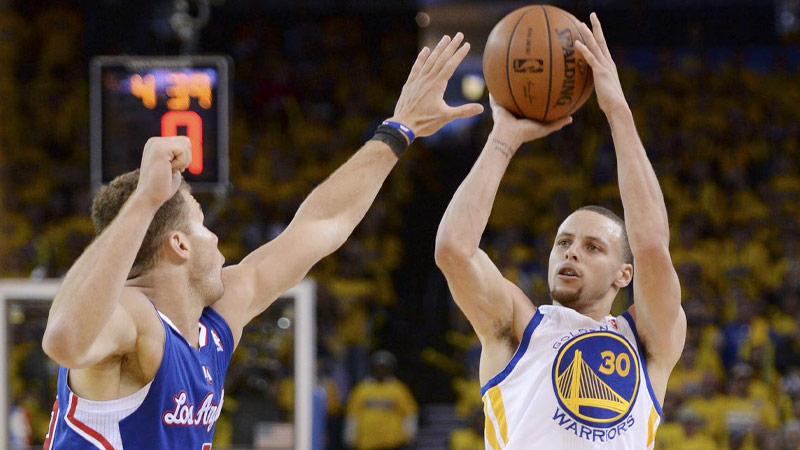
Source: faketeams.com
The shooting guard, also known as the off-guard, is one of the five positions in basketball. This position is typically responsible for scoring points and creating offensive opportunities for the team.
Shooting guards are known for their ability to shoot accurately from various distances on the court, as well as their capacity to drive to the basket and finish plays.
Here are some key aspects of the shooting guard position:
Scoring
Shooting guards are often the team’s primary scoring option alongside the point guard. They possess excellent shooting skills, both from the perimeter and mid-range areas.
Shooting guards are proficient at shooting jump shots, catch-and-shoot plays, and coming off screens to receive the ball and quickly release accurate shots. They must be able to shoot under pressure and with defenders closely guarding them.
Offensive Versatility
The shooting guard position requires versatility on offense. They should have the ability to create their own shot off the dribble, using crossovers, hesitation moves, and other dribbling techniques to get past defenders and create scoring opportunities.
Additionally, shooting guards should have solid ball-handling skills to navigate through traffic and make effective passes when necessary.
Off-Ball Movement
Shooting guards often excel in moving without the ball to find open spaces on the court. They are skilled at reading screens, both on-ball and off-ball, to create separation from defenders and receive passes in scoring positions.
This involves using cuts, backdoor plays, and understanding timing to exploit defensive weaknesses and make themselves available for scoring opportunities.
Defensive Ability
While shooting guards are primarily known for their offensive contributions, they are also expected to be solid defenders. They need to stay engaged on the defensive end, guarding the opposing team’s shooting guard or sometimes even small forwards.
Good defensive skills include staying in front of the offensive player, contesting shots, anticipating passes, and contributing to rebounding efforts.
3. Basketball IQ
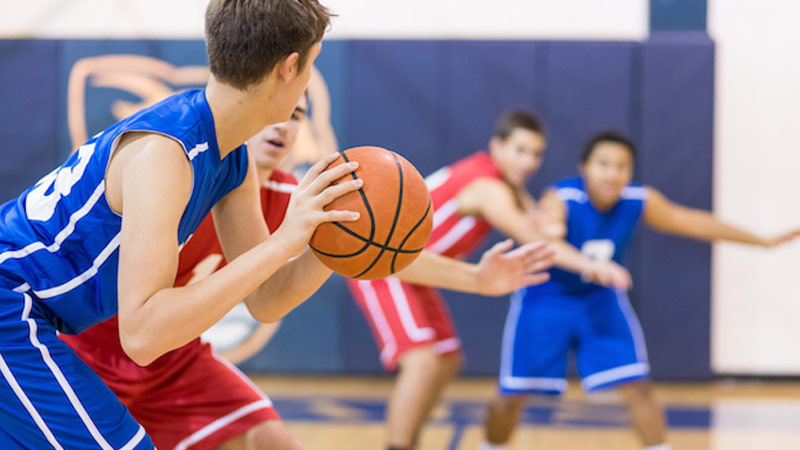
Source: stack.com
Shooting guards must have a high basketball IQ. They should understand offensive sets, recognize defensive strategies, and make smart decisions with the ball. This includes knowing when to take shots when to pass, and when to drive to the basket.
Shooting guards with a high basketball IQ can effectively read the game, exploit defensive weaknesses, and make plays that benefit the team.
It’s important to note that basketball positions have become more fluid in recent years, and players are often expected to have a well-rounded skill set.
Shooting guards can sometimes be asked to handle the ball and play point guard in certain situations, especially in fast breaks or when the primary ball-handler is off the court. Flexibility and adaptability are becoming increasingly valued in modern basketball.
4. Small Forward
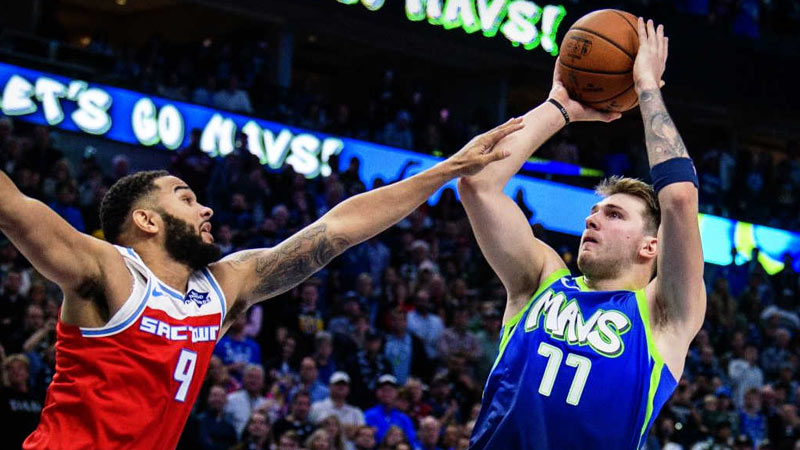
Source: hsnstore.eu
The small forward position in basketball, often referred to as the “three” or the “wing,” is one of the five traditional positions on a basketball team.
Small forwards are typically known for their versatility, as they possess a combination of skills that allow them to contribute to various aspects of the game.
Size and Physical Attributes
Small forwards generally have a height range between 6’6″ (198 cm) and 6’9″ (206 cm), although there can be exceptions. They are typically taller than guards but shorter than power forwards or centers.
Their height, combined with their athleticism and agility, enables them to play multiple positions and fulfill different roles on the court.
Scoring
One of the primary roles of a small forward is scoring. They are often expected to be capable shooters and scorers from various areas of the court. Small forwards can score in different ways, including shooting from the perimeter, driving to the basket, or making cuts and receiving passes for layups or dunks.
They need to have a reliable jump shot and the ability to create their own shot when necessary. Additionally, small forwards should be effective in transition, capitalizing on fast break opportunities.
Versatility
Small forwards are known for their versatility and their ability to contribute to different aspects of the game. They can handle the ball, pass, and rebound, making them valuable assets on both ends of the court.
Their size and agility allow them to guard multiple positions, defending guards on the perimeter or bigger players in the paint. This versatility is particularly advantageous in defensive schemes and switching assignments.
Rebounding
Rebounding is another crucial aspect of the small forward position. They are responsible for securing rebounds on both ends of the court.
Small forwards need to use their size and athleticism to compete for rebounds against taller opponents, providing their team with additional possessions and opportunities to score.
Defensive Role
Small forwards are often tasked with guarding opposing wing players, who are typically some of the best scorers on the opposing team.
They need to possess defensive skills such as lateral quickness, agility, and the ability to contest shots effectively. Good defensive positioning, communication, and the ability to anticipate plays are important for a small forward to excel defensively.
Role in Team Strategy
The role of a small forward can vary depending on the team’s strategy and the specific lineup. They may be asked to focus more on scoring, facilitating the offense, or providing defensive stability.
Coaches often tailor their strategies to maximize the strengths of their small forward, whether that involves running plays to get them open shots, utilizing their ability to drive and create for others, or taking advantage of their defensive versatility.
In recent years, the role of small forwards has evolved even further, with players often possessing a combination of skills traditionally associated with guards or power forwards. This trend has been driven by the increasing emphasis on versatility, athleticism, and skill in the modern game.
Ultimately, the small forward position requires players who can contribute in multiple areas of the game, whether it’s scoring, playmaking, rebounding, or defending. Their ability to impact the game in various ways makes them a vital component of any basketball team.
5. Power Forward
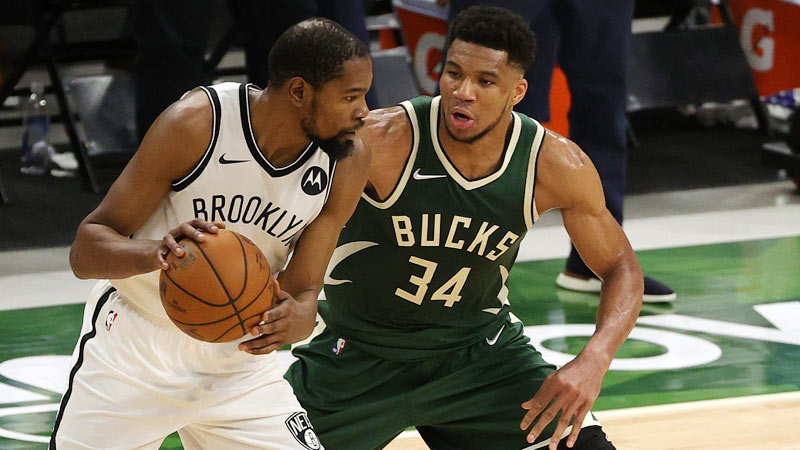
Source: sportingnews.com
The power forward position in basketball is a position that combines physicality, athleticism, and skill. Power forwards, often referred to as “4s,” are typically strong, versatile players who excel in both scoring and rebounding near the basket.
They play a crucial role in a team’s offense and defense, providing a combination of inside scoring, perimeter shooting, and defensive presence. Here are some key aspects of the power forward position:
Scoring
Power forwards are expected to contribute offensively by scoring points. They often excel in scoring near the basket through post moves, layups, and dunks.
Power forwards also have the ability to step out and shoot mid-range jumpers or even three-pointers, depending on their skill set. Their scoring ability helps create a balanced offensive attack.
Rebounding
Power forwards are essential in securing rebounds, both offensively and defensively. Their size, strength, and positioning near the basket allow them to grab missed shots and provide second-chance opportunities for their team.
Offensive rebounds can lead to extra possessions and easy scoring opportunities, while defensive rebounds help limit the opponent’s chances and initiate fast breaks.
Interior Defense
Power forwards play a vital role in defending the paint and protecting the rim. They are responsible for contesting shots, blocking shots, and deterring opponents from driving into the key area.
Power forwards need to have good footwork, timing, and shot-blocking instincts to disrupt the opposing team’s offense.
Physicality and Strength
Power forwards are often one of the strongest players on the court. They use their size, strength, and toughness to establish positions in the post, fight for rebounds, and defend against opponents.
Their physicality allows them to hold their ground against bigger opponents and win battles in the paint.
Versatility
In modern basketball, power forwards are expected to possess versatility in their skills. They are often required to have some perimeter shooting ability, as the game has evolved to incorporate more outside shooting and spacing.
This enables power forwards to stretch the defense by hitting mid-range or even three-point shots. Additionally, power forwards with ball-handling skills can initiate fast breaks, create scoring opportunities, and make plays for their teammates.
It’s worth noting that the role of the power forward can vary depending on the team’s style of play and the specific strengths of the player. Some power forwards may focus more on scoring and stretching the floor, while others may prioritize defense and rebounding.
The evolving nature of the game has led to power forwards developing a broader skill set, allowing them to impact the game in multiple ways.
Which Is the Most Straightforward and Hardest Position in Basketball?
The most straightforward and hardest position in basketball is a matter of debate and can vary depending on different perspectives.
However, according to popular opinion, the point guard position is often considered the most challenging and difficult position to play in basketball.
Point guards are responsible for directing the team’s offense, making critical decisions, and setting up plays.
They must possess exceptional court vision, passing accuracy, ball-handling skills, and the ability to read the defense.
Point guards face immense pressure, as they are expected to lead the team and orchestrate the offense while navigating through tight defenses.
Their role requires a combination of skill, basketball IQ, leadership, and the ability to handle high-pressure situations.
FAQs
What are the five positions in basketball?
The five positions in basketball are point guard, shooting guard, small forward, power forward, and center. Each position has its own set of skills, responsibilities, and areas of focus on both ends of the court.
What does a point guard do?
The point guard is often the primary ball-handler and playmaker. They are responsible for setting up offensive plays, distributing the ball to teammates, and organizing the team’s offense. Point guards are typically quick, agile, and skilled at dribbling and passing.
What is the role of a shooting guard?
The shooting guard is typically a team’s best shooter and scorer. They create scoring opportunities by shooting from the perimeter, driving to the basket, or moving without the ball to receive passes.
Shooting guards are versatile players with shooting skills and the ability to contribute both offensively and defensively.
What does a small forward bring to the team?
The small forward is a versatile player who contributes in various ways. They often have a combination of scoring, shooting, and defensive skills.
Small forwards are typically taller than guards but shorter than power forwards or centers, allowing them to play multiple positions and fulfill different roles depending on the team’s needs.
What are the responsibilities of a center?
The center, often the tallest player on the team, plays primarily near the basket. Their role involves scoring close-range points, rebounding, and defending the rim. Centers use their size, strength, and defensive positioning to protect the basket, alter shots, and secure rebounds for their team.
Bottom Line
The five positions in basketball are fundamental to appreciating the game’s intricacies and the teamwork required for success. Point guards orchestrate the offense, shooting guards provide scoring prowess, small forwards offer versatility, power forwards excel in the post, and centers dominate the paint.
These positions work together, complementing each other’s strengths and forming a cohesive unit on the court.
By recognizing the unique contributions of each position, you can gain a deeper appreciation for the game and the skills required to excel in basketball. Thank you for your time.

